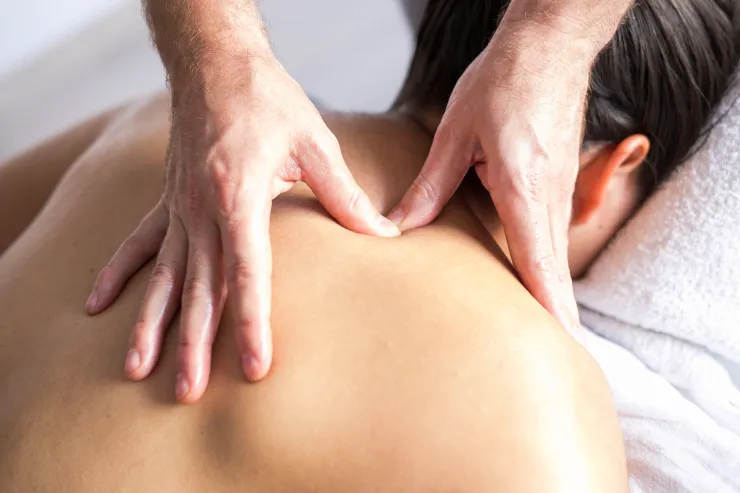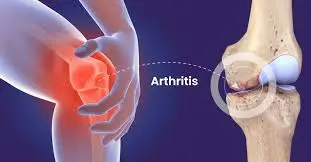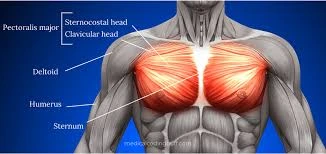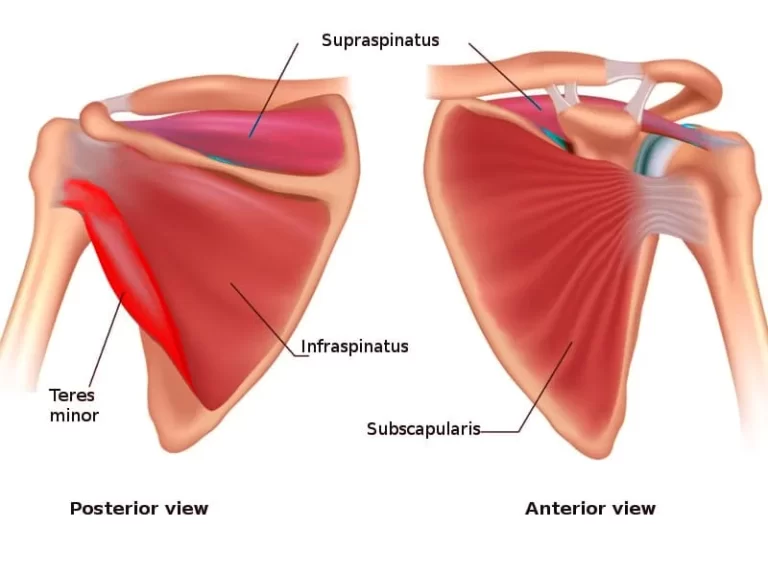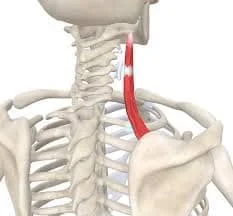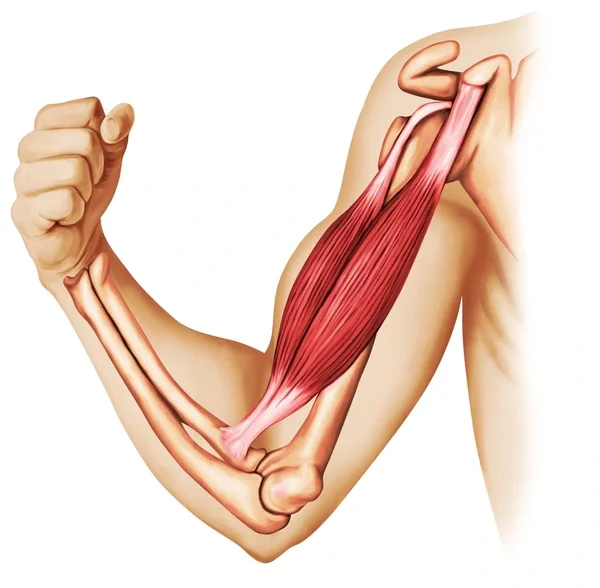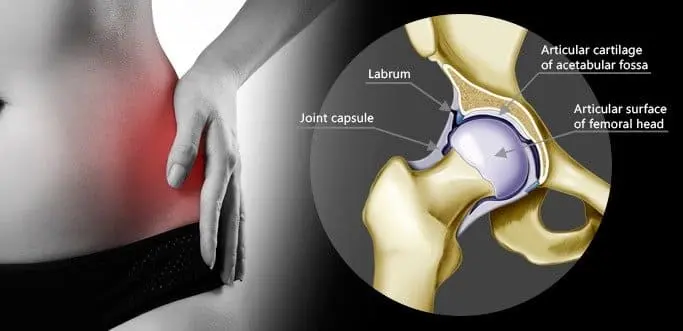Trigger Point Massage Therapy
A trigger point is what?
A trigger point can also be referred to as a muscle knot. A region of constricted muscle fibers that might be extremely sensitive is called a trigger point. Trigger points can produce discomfort locally or frequently spread to other body parts.
Trigger point pain can range from a mild aching to something severe and powerful. Trigger points impair a muscle’s overall function, resulting in weakening and spasms. Soft tissue trigger points can develop as a result of overuse, trauma, imbalance, or recovery from surgery.
Trigger Point Massage Therapy: What Is It?
A trigger point massage is a focused therapy intended to relieve or lessen uncomfortable places, yet there is no evidence that one type of massage is superior to another. Louie explains, “It’s not your typical relaxation massage.” A trigger point massage can relieve stress by applying direct pressure to a trigger point for 30 to 90 seconds. As they apply pressure, you might be advised to take deep breaths. The therapist will use long, gentle strokes to massage the region to help with relaxation and flush it out when the pressure has been lifted. On painful body areas, the cycle is repeated as many as necessary.
Some trigger points may feel more sensitive after the massage. It’s normal as long as the stiffness goes away in a day or two. With time, the trigger point discomfort should become better.
If you’ve recently had surgery or an accident, have been ill, are using blood thinners or corticosteroid treatments, have advanced degenerative joint disease, osteoporosis, rheumatoid arthritis, blood clots or deep vein thrombosis, or severe diabetes, trigger point massage might not be for you. Any worries you may have, including any of these conditions, should be discussed with your physician before undergoing a trigger point massage. Additionally, you should always discuss any health issues you have with your physical therapist or massage therapist.
Trigger Point Massage Therapy Advantages
There are several advantages to trigger point massage therapy, such as:
- alleviation of stress and muscular soreness
- Enhanced range of motion
- Enhanced blood flow
- Decreased levels of stress
- improved performance of the immune system
What’s Causing My Trigger Points?
Trigger points, often known as muscle knots, can occur for several causes, such as:
- Bad posture
- Repetitive motions
- Absence of activity
- Stress-Related Injury
A professional massage therapist should be consulted if you are going through any of these issues. They can assist you in relieving your pain and releasing your trigger points.
How to Apply Massage to Trigger Points
You will be able to identify a knot in your muscle! Tenderness and discomfort might worsen as pressure is applied. You want to know how much pressure I should use. The objective should be to make the pressure you employ “therapeutically delicious” or “exquisitely tender,” according to Davies & Claire’s manual. Excessive pressure can be harmful. Since you are the only one who truly understands your discomfort, figure out your sweet spot for pressure, which is often at a 5 out of 10.
To do a trigger point massage, follow these steps:
Locate the stiff spot that feels painful to the touch or the trigger point (knot).
Using your fingers, push firmly or slowly into the knot (you can also use equipment like foam rollers or a massage ball).
Practice for three to five minutes a maximum of five or six times a day.
It’s important to include trigger point massage in your regimen without going overboard. If you have identified the right trigger point for your discomfort, most improvements should be apparent in a week, if not sooner.
What physiological consequences does trigger pointing have?
Numerous significant physiological impacts on the body can be produced by massage. Trigger pointing’s physiological effects include:
- Increasing the flow of blood
- Eliminating waste materials
- Dissolving scar tissue and adhesions
Various massage methods for the treatment of trigger points?
Trigger point treatment is a method of relieving pain and stress by applying pressure to particular trigger points in your muscles. The following are some typical massage methods for trigger point treatment:
- Compression Method:
Direct Pressure: Using your fingers or a tool, such as a foam roller or tennis ball, apply hard pressure on the trigger point. For thirty to sixty seconds, maintain the pressure.
Ischemic Compression: Firmly push on the trigger spot, then gradually let go. Do this many times.
- Myofascial Release:
Stretching and Compression: Slowly extend the muscle while applying little pressure to the trigger spot.
Rolling: Roll the muscle while applying pressure to the trigger point with a foam roller or a comparable instrument.
Applying constant pressure on constricted, taut fascia (connective tissue) is known as “deep tissue massage.”
- Treatment by Vibration:
Massage Gun or Percussion Device: Apply vibrations to the trigger spot using a massage gun or percussion device.
- Techniques for Self-Massage
Foam rolling is the process of applying pressure to trigger points in bigger muscle groups, such as the arms, legs, and back, using a foam roller.
Tennis Ball Massage: Apply pressure on particular trigger points by positioning a tennis ball between your back and a wall.
Massage Tools: Targeting certain trigger points with instruments like treatment balls or massage sticks.
- Active Release Technique (ART)
Precise Pressure: As the patient actively contracts the muscle, the therapist delivers precise pressure to the trigger spot.
muscular adhesions can be broken up and normal muscular function restored with the use of this therapy.
Expectations for a Trigger Point Massage Therapist
You can anticipate receiving a top-notch, expert massage when you schedule a trigger point massage. With their vast training and experience, our therapists specialize in treating trigger points.
Our therapist will push on particular body spots as you have your massage. As the knots are loosened, you can experience some short-term pain. But this should soon be followed by a reduction in tension and discomfort. Our trigger point massages are designed to target trouble spots and promote healing. To make sure you receive the treatment you want, we employ a range of massage techniques.
When Massage with Trigger Points Is Not Necessary
It’s crucial to first ask your doctor if massage treatment is safe for your body if you have a significant medical problem. The Trigger Point Therapy Workbook lists “aneurysm, atherosclerosis, cancer, congestive heart failure, coronary after disease, peritonitis, or polycystic kidney disease” as a few instances. It’s also crucial to keep in mind that a trigger point massage shouldn’t be applied to a lymph node or pulse.
Trigger Point Massage Instruments
Even though using your fingers is the simplest, doing this every day might become challenging or exhausting. Other pressure-sensitive body regions (elbows, heels, knuckles, etc.) might save you additional work if you have a partner to assist you. Depending on the muscles you want to work, there are a variety of more effective instruments accessible nowadays.
Lacrosse Ball
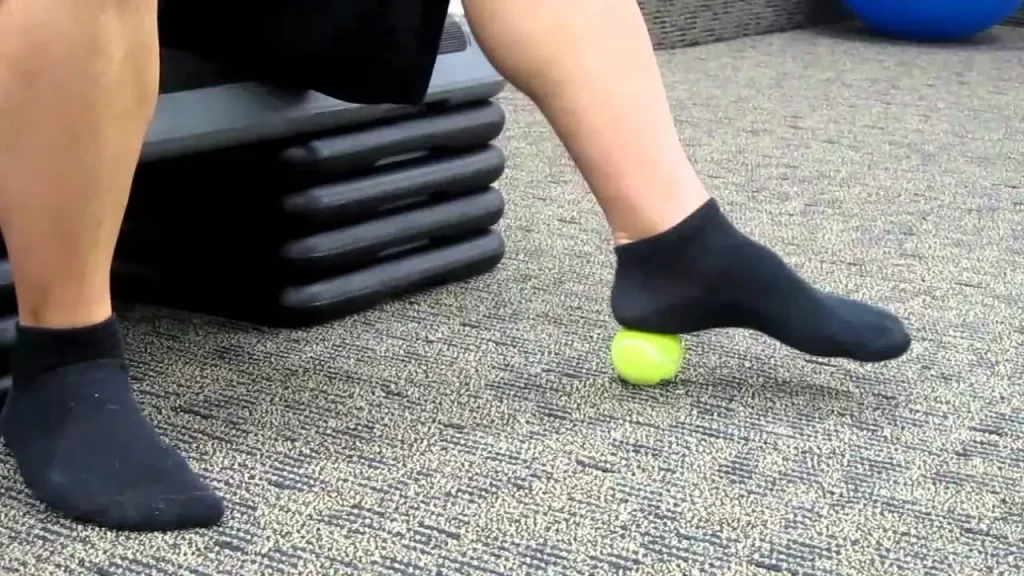
An effective instrument for relieving trigger points is a tennis or lacrosse ball. They are quite portable in addition to being simple to locate.
To place the ball where you feel tension, you will need a wall to lean against. While leaning onto the ball, let your body weight compress into the muscle. Motions that are slow, circular, or back-and-forth should work.
You can use the floor for the glutes, feet, and hips, but you’ll need a wall for your back. See our lacrosse ball massage site for more detailed instructions.
Larger, cylindrical foam instruments called foam rollers are used for self-massage, which helps to increase flexibility and soothe painful muscles.
QL Claw
The QL Claw is a candidate for a fantastic trigger point release. The QL Claw is perfect for the quadratus lumborum and other muscles including the gluteus minimus, piriformis, iliacus, and more. It is also reasonably priced and portable for your personal use at home.
In contrast to a massage ball, you just lie on the QL Claw and let your body weight do the work for you. It feels a lot like getting a deep tissue massage in your workout bag or backpack!
These are only a few examples of the various trigger point massage instruments available on the market; you may try others as well. The back buddy, massage guns, and, of course, a qualified massage therapist who can provide a deep tissue massage are still available.
Conclusion
Although the word itself may seem intimidating at first, trigger point massage is quite simple to understand. The more you practice, the simpler it could be to spot knots if you begin by feeling your muscles. Although learning to do it yourself is neither free nor non-invasive, the ease of doing it anywhere might prevent you from experiencing more agony.
Whether you are a patient or a carer, trigger points can be mostly disregarded throughout most people’s lives. Even though the majority of our patients are in pain, I have not yet heard colleagues or physicians candidly discuss trigger points. You may take charge of your discomfort and learn more by reading our other articles about trigger points, back pain, and massage.
FAQs
Is massaging trigger points beneficial?
Massage is the quickest and safest technique to treat them. Certain massage techniques are used to treat trigger points. We provide trigger point work in our therapeutic massages. The use of cupping and acupuncture is another method of treating trigger points.
How much time does it take for trigger points to heal?
Numerous factors affect how long it takes for trigger points to recover. For instance, the number of trigger points you have, their location, the reason, and their duration. However, no matter what your circumstances, it usually takes two weeks to two months for a trigger point to completely go away.
How can a trigger point be massaged?
Here’s how:
With your thumb or finger, apply pressure to the constricted area, which frequently feels like a marble.
Hold down the pressure for 30 to 90 seconds while inhaling deeply.
For three to five minutes, repeat.
References
- Cough, J. (2024b, October 14). How Does Trigger Point Massage Work? Oviedo Chiropractic. https://chiropractorinoviedo.com/blog/how-does-trigger-point-massage-work/
- Trigger Pointing – Our Massage Techniques – Massage – Treatments – Physio.co.uk. (n.d.). https://www.physio.co.uk/treatments/massage/our-massage-techniques/trigger-pointing.php
- Massage Therapy for Trigger Points: What Physical Therapists Want You to Know. (n.d.). Hingehealth. https://www.hingehealth.com/resources/articles/trigger-point-massage/
- Debutify. (2023, November 5). Trigger Point Massage: The Secret to Pain Relief. Back Muscle Solutions. https://backmusclesolutions.com/blogs/the-ql-blawg/trigger-point-massage?srsltid=AfmBOoqNZdtkjnSAuQkHEezxO3ihjOpLKnOrzU26xdnu64TkR_FRR1Kk
- Spa, Q. M. &. N. H., Spa, Q. M. &. N. H., & Spa, Q. M. &. N. H. (2022, August 24). The Benefits of Trigger Point Massage: How to Reduce Muscle Pain and Tension. Qi Massage & Natural Healing Spa – Massage Winston-Salem NC. https://qimassageandnaturalhealingspa.com/the-benefits-of-trigger-point-massage-how-to-reduce-muscle-pain-and-tension/

